You may not know this but Kia’s Niro is a Guinness World Record holder. Back in 2016, the Niro officially won the title for the lowest fuel consumption by a hybrid vehicle, travelling from LA to New York with a fuel consumption record of just 3.1 l/100 km. Now we haven’t set any similar records while using the Niro PHEV but having the plug in option does reduce the bills when it comes to short commutes and nipping out to run errands.
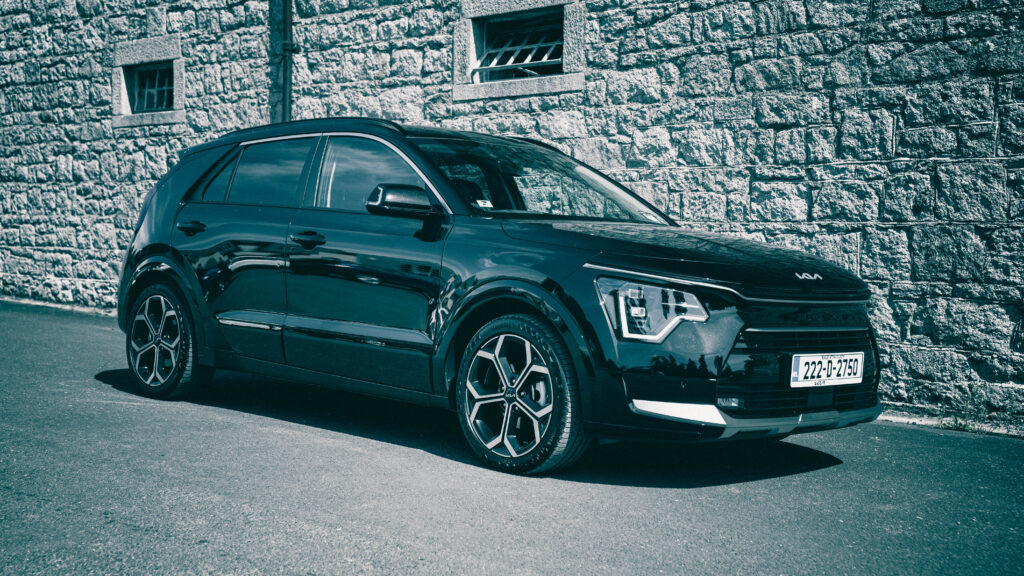
Special mention : Great space, lots of quality, beating the competition at their own game, lovely drive in ev mode, air cooled seats.
Needs work : Little bit coarse in petrol mode when pushed, still a bit of a transmission tunnel in the rear.
| BHP 183 PS | Petrol / Electric / Auto |
| 0-100 km/h in 9.8 seconds | Road Tax €140 |
| Price: € 38,500 As spec’d : € 42,100 | Boot space 348 litres Range 50 km |
This latest generation Niro impressively builds on the success of the original. It’s a small SUV and comes with hybrid, plug-in hybrid and fully electrified options. It’s gotten a brand new front-end with slimline headlights and a single light cluster underneath. The electric Niro EV has a slightly different front end because of the charging port location. Some cool new additions are the coloured inserts at the side that run up the C-pillar. These sit away from the body and funnel air along the side for aerodynamic efficiency. At the rear, the Niro has sloping lights and an angled window giving it a low, squat rear end.
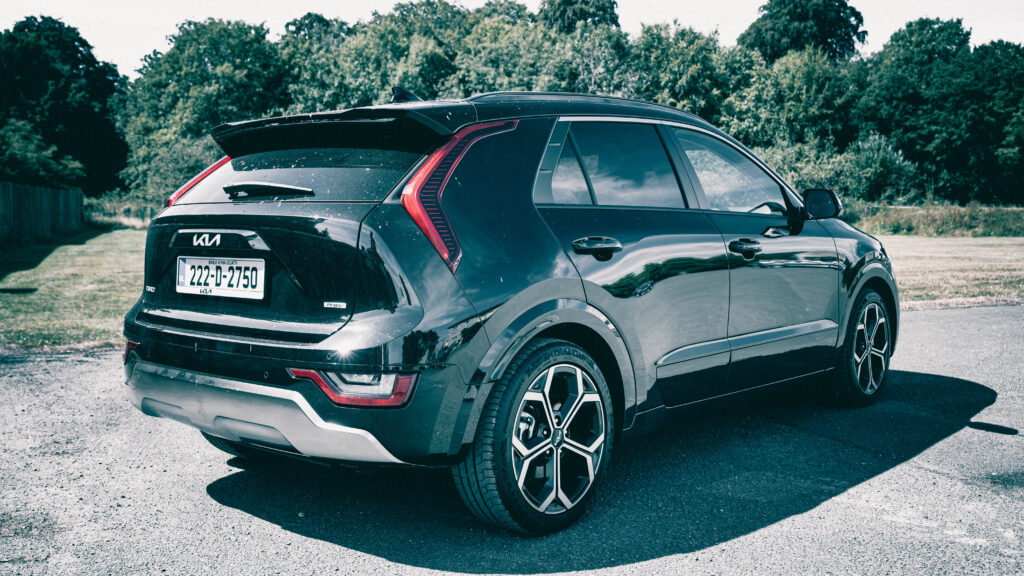
Like the old model, the Niro hybrid uses a 104bhp 1.6-litre petrol engine and combined with the 43bhp electric motor it has an overall output of 139bhp. This is the same petrol engine as in the plug-in hybrid, but it’s mated to an 83bhp electric motor for 180bhp in total. Both hybrids get a six-speed dual-clutch automatic transmission. There are a couple of driving modes and changing from the default Eco drive mode to Sport sharpens up the acceleration while the auto gearbox takes a few seconds to catch up. The PHEV performs better with the more powerful electric motor making motorway speeds a little more comfortable. The PHEV’s firmer suspension set-up and sharper steering gives it more precision on B roads. It’s still no performance hatch and so for a family SUV does a perfectly fine job.
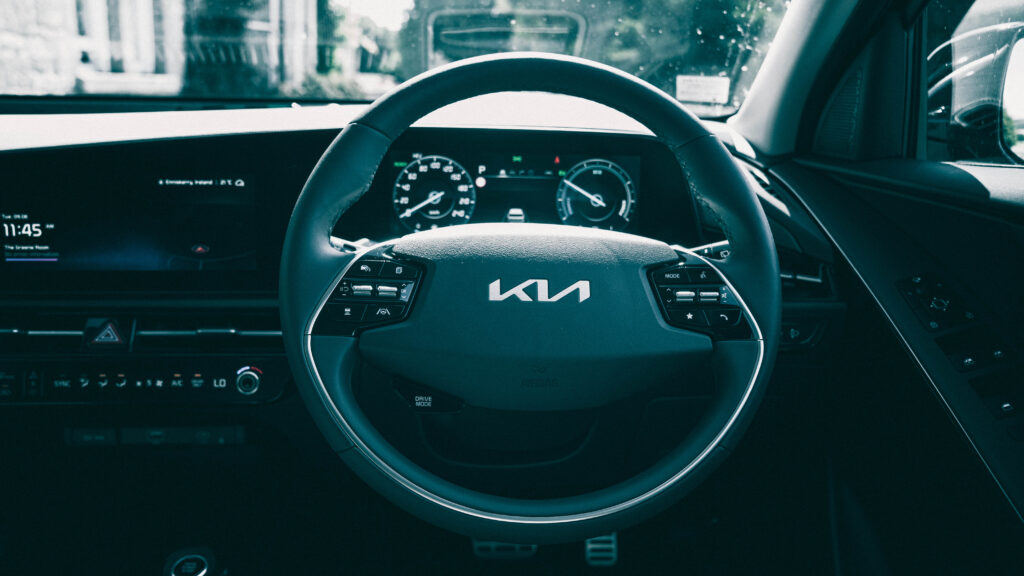
Driving is leisurely when cruising in pure electric mode and you don’t get that instantaneous ‘electric’ push when accelerating. It’s absolutely fine when keeping up with low-speed traffic, and the petrol engine kicks in when needed. The Kia Niro Hybrid has a 1.6-litre four-cylinder petrol engine mated to a 1.32kWh battery building 139bhp and 265Nm of torque. Power is delivered to the front wheels only and the Hybrid model manages the 0-100 km/h dash in 10.8 seconds.
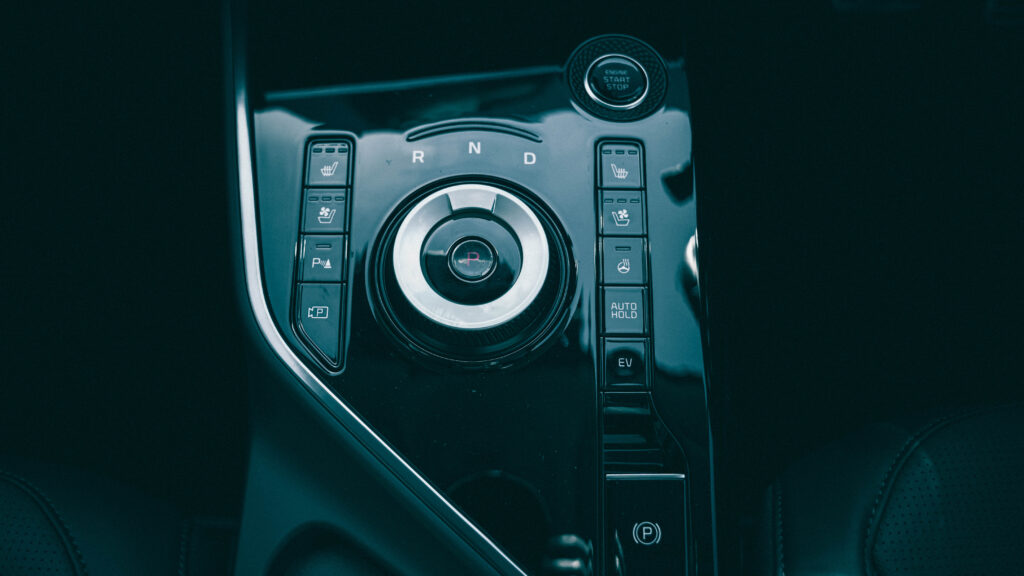
The PHEV features the same petrol engine, except it comes with an 11.1kWh battery. The plug-in hybrid offers up 180bhp and 265Nm of torque, which gives it a 0-100 km/h time of 9.8 seconds. Pricing for the K4 Niro PHEV starts around € 41,500 and the most impressive part of the design is the way they’ve created space in the cabin. Inside there’s a step up in technology from the old model. The layout gives the cabin a bright and airy feel and is miles above a VW in that it’s a lot more pleasant to look at. The materials and buttons around the centre console are finished in piano black which looks great but attracts lots of dust.
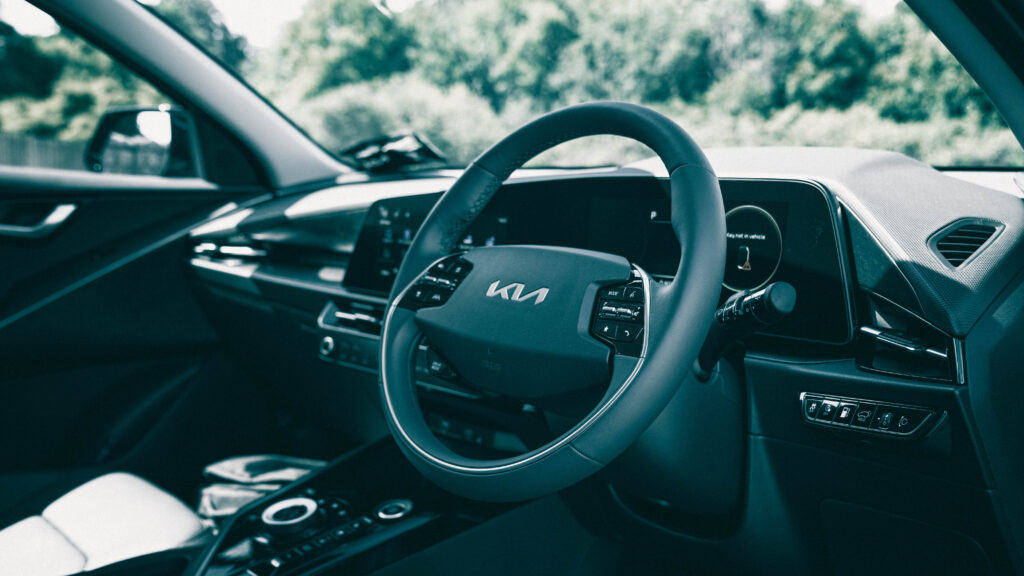
The K3 & K4 trims come with a 10.25-inch screen with built-in sat-nav. The top spec ‘4’ models get a head-up display and a 10.25-inch digital dash. The digital dash itself is clear and easy to read with some differences in the dials such as the speedo which shows the numbers instead of a gauge. The 10.25-inch central screen is crisp and easy to read with the infotainment system simple to navigate. Only when you quickly jump between menus can it start to lag a little.
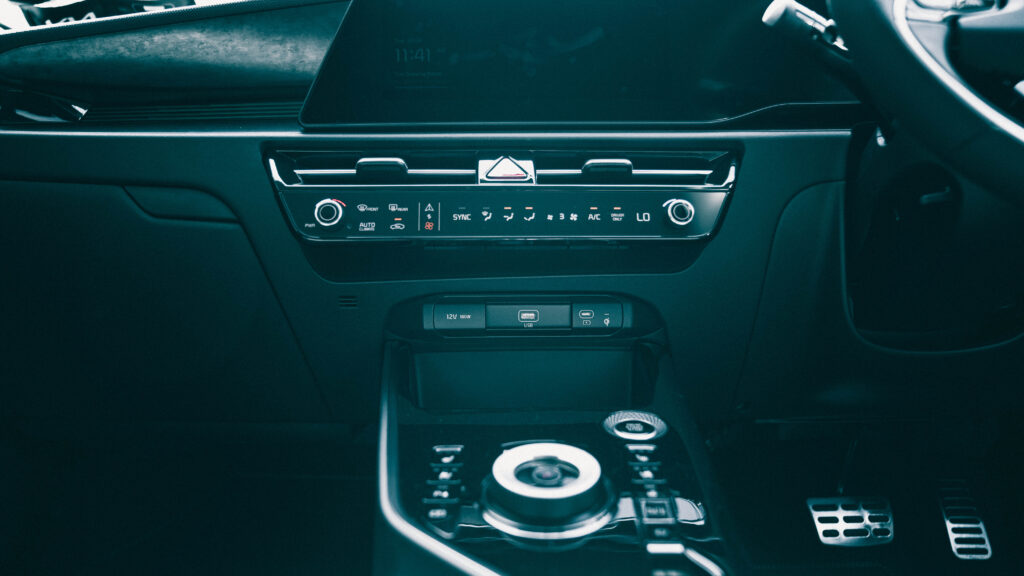
Under the screen, you’ll find a band of touchscreen buttons which can either control the cabin’s climate or at the flick of a button switch to a shortcut menu for the infotainment screen. Twisty physical dials are easier to use on the move but the touchpads are responsive and large enough to gauge while driving. As standard on the Niro, you’ll find two front USB charge ports (one Type-A, one Type-C) and two Type-C charging ports on the side of the front seats. Top-spec 4 trim adds a sunroof, Harman Kardon sound system and powered memory seats as standard. Upgrade to the top-spec Niro 4 models and some of the interior surfaces become a little softer and generally look more expensive, it’s not Mercedes territory but for what it is, it’s very nice indeed.
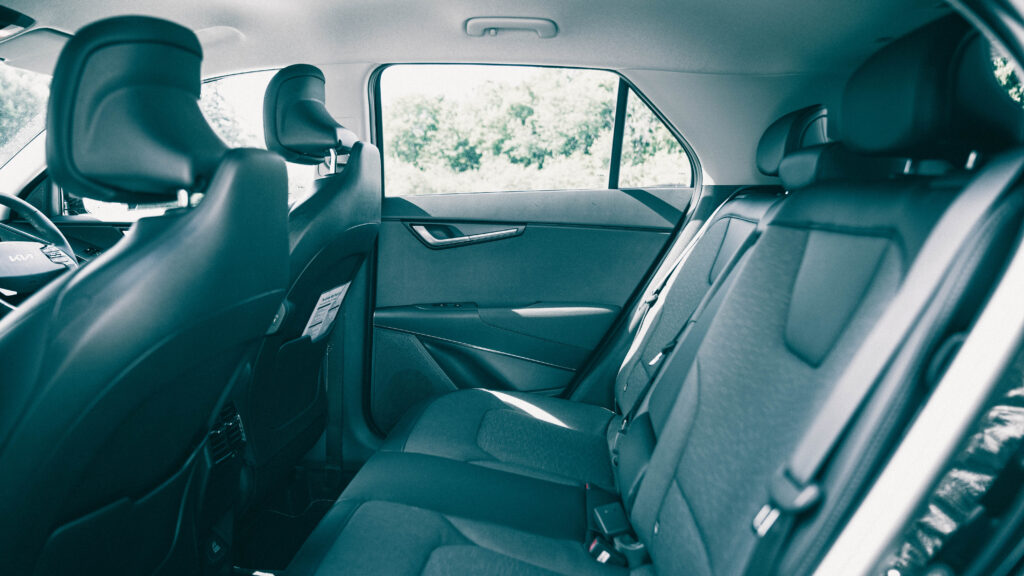
Boot space varies for each powertrain, the Hybrid has a respectable 451 litres and the plug-in hybrid’s boot space is only 348 litres due to the battery taking up that extra bit of space. The maximum braked trailer weight for the Niro hybrid and PHEV models is 1,300kg, while the EV is rated to tow 750kg.
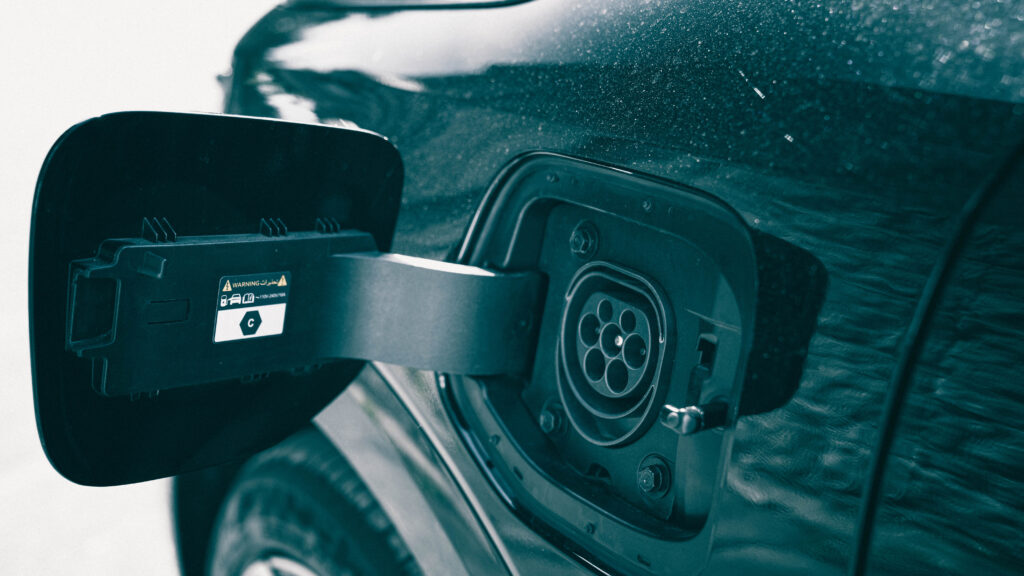
The Niro does a good job of tricking you into thinking it’s a smaller car and it’s easy to develop confidence from behind the wheel. Efficient, practical and boasting excellent onboard technology, the Kia Niro is a family SUV that offers great value for money.
